You can use a simple resistor divider to scale the 0..13 V down to 0..5 V.

\$V_{out} = \dfrac{R_2}{R_1 + R_2} \cdot V_{in}\$
so that for \$R_1\$ = 16 kΩ and \$R_2\$ = 10 kΩ you get 0..5 V out for 0..13 V in.
That's the most simple solution, but it will map the 10..13 V to 3.85..5 V rather than to 0..5 V. The question is: do you really need the ADC's full range? A 10-bit ADC gives you a resolution of 13 mV for a 13 V input range. Do you really want to know the battery's voltage to 3 mV precise?
Anyway, if you do want to use the ADC's full range the solution is a difference amplifier, which subtracts a 10 V offset from the input voltage:

if \$R_1 = R_2\$ and \$R_f = R_g\$ then
\$ V_{out} = \dfrac{R_f}{R_1} \cdot (V_2 -V_1) \$
You apply a 10 V reference voltage to \$V_1\$ and connect the battery to \$V_2\$. Select 25 kΩ for \$R_f\$ and \$R_g\$, and 15 kΩ for \$R_1\$ and \$R_2\$, and you'll get 0..5 V out for 10..13 V in.
To use the full range down to 0 V out you'll need an RRIO (Rail-to-Rail I/o) opamp.
Note:
You can't use the optocoupler solution from the question I refer to here, since that is digital only. It saturates the output if the input voltage is present, and is by no means linear. If you want the input to be isolated from the output you can use a linear optocoupler, like the IL300 I refer to in this answer.

